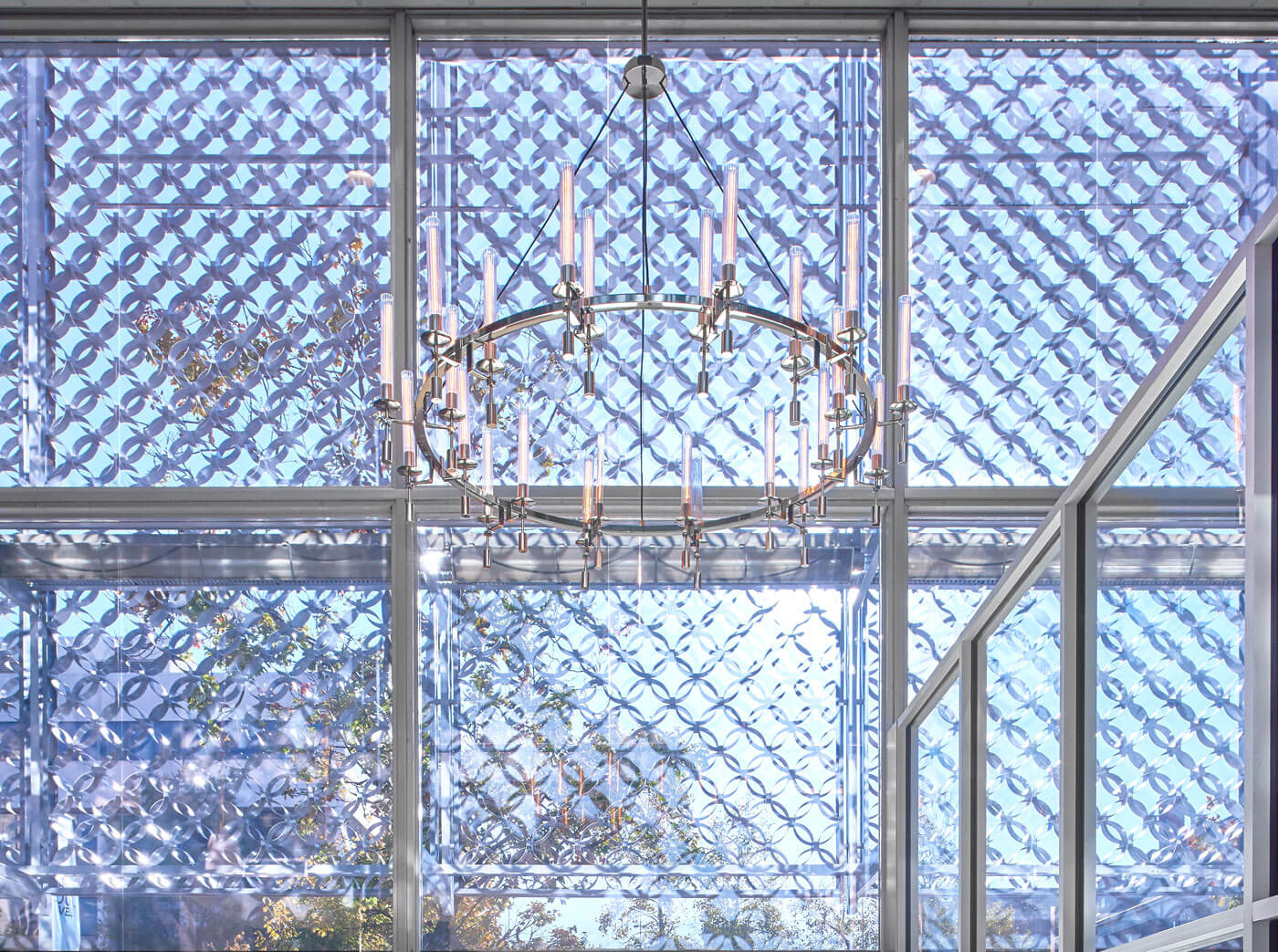
Your website design is the cornerstone of your overall website. With a poorly designed website, your messaging, services, and products will get lost within the site. This results in a poor user experience which negatively affects your online success and profit! Let’s dive into 6 elements you must have in your website design. Then stay tuned for part 2 in this series, “6 website design mistakes to avoid.” Here are a few non-negotiables for your website:
1. Consistent Interface
Consistency contributes to strengthened trust from your website visitor. Imagine visiting a website’s homepage and seeing Calibri font and blue, white, and grey accent colors. Then, you click on the services page and it’s a different font and red, black, and white accent colors. You might think you were taken to a completely different site! Your website design, color scheme, typography, and style of writing must be consistent to create trust from your website visitor.
2. Social Shares & Follow Buttons
When your website visitor is browsing your blog page, make it easy for them to share your information onto their Facebook page with a social share button. This is a free and simple way for website visitors to market for you! Additionally, include follow buttons for all your social channels at the bottom of every page. With a quick click, the visitor will be taken to your social page (YouTube, Instagram, Facebook, etc.), and he can follow or explore that platform.
3. Simple Navigation
Keep your navigation simple! You do not want your website visitor to have to work to find the page they’re looking for. A few ways you can implement simple navigation include:
- Implement the three-click rule. Your user should be able to get to the desired page within three clicks. For example: menu (1), category (2), sub-category (3).
- Create top-level navigation and sub-level navigation. For example: services (top-level), website design (sub-level).
- Use clear labels for navigation.
4. A Responsive Website Design
A responsive website design shifts its content and layout to fit the device being used (tablet, iPad, phone, laptop, etc.). If your website visitors have to pinch or zoom in to see your content or click on a button, there is a serious problem with your website. Your visitors will quickly leave your site if it is not responsive, as a responsive website design is now the expectation among visitors.
5. Scannable Information
When a user visits your webpage, she will determine within a few seconds if your page gives her the information she needs in an easy-to-absorb way. No one wants to work hard to get the information they need. If you have blocks of text, long paragraphs, and no headers to help break up the information, your user will be exit out of your webpage before she reads the first sentence. Here are a few tips to ensure your content is scannable:
- Adhere to a grid layout, not a sporadic layout.
- Bold the most important sentences.
- Keep paragraphs short; 3 – 5 sentences will do.
- Play up natural scanning patterns (left to right, top to bottom).
- Use headers to break up topics or ideas.
6. Calls-to-Action
Tell your website visitor what to do via calls-to-action. Don’t leave them guessing! Think of every webpage as a roadmap. You provide great information, eye-catching photos, and calls-to-action throughout your content. These calls-to-action tell the reader what the next step is. Remember to make your call-to-action clickable so when the reader clicks on it, she will be taken to the corresponding page.
Partner with M&R Marketing for Your Website Design Needs
Our team of web developers work closely with our graphic designers to create a stunning, high-quality, user-friendly website for our clients. If your website is outdated or you don’t have one at all, partner with us. Give us a call with your questions: 478-621-4491.
Stay tuned for parts two, three, and four in our blog series about the non-negotiables of your website design:
- Part 1 – 6 Elements You Must Have in Your Website Design
- Part 2 – Avoid These 6 Website Design Mistakes
- Part 3 – How Web Design Affects Search Engine Rankings
- Part 4 – Understanding the 2 Types of Website Design

